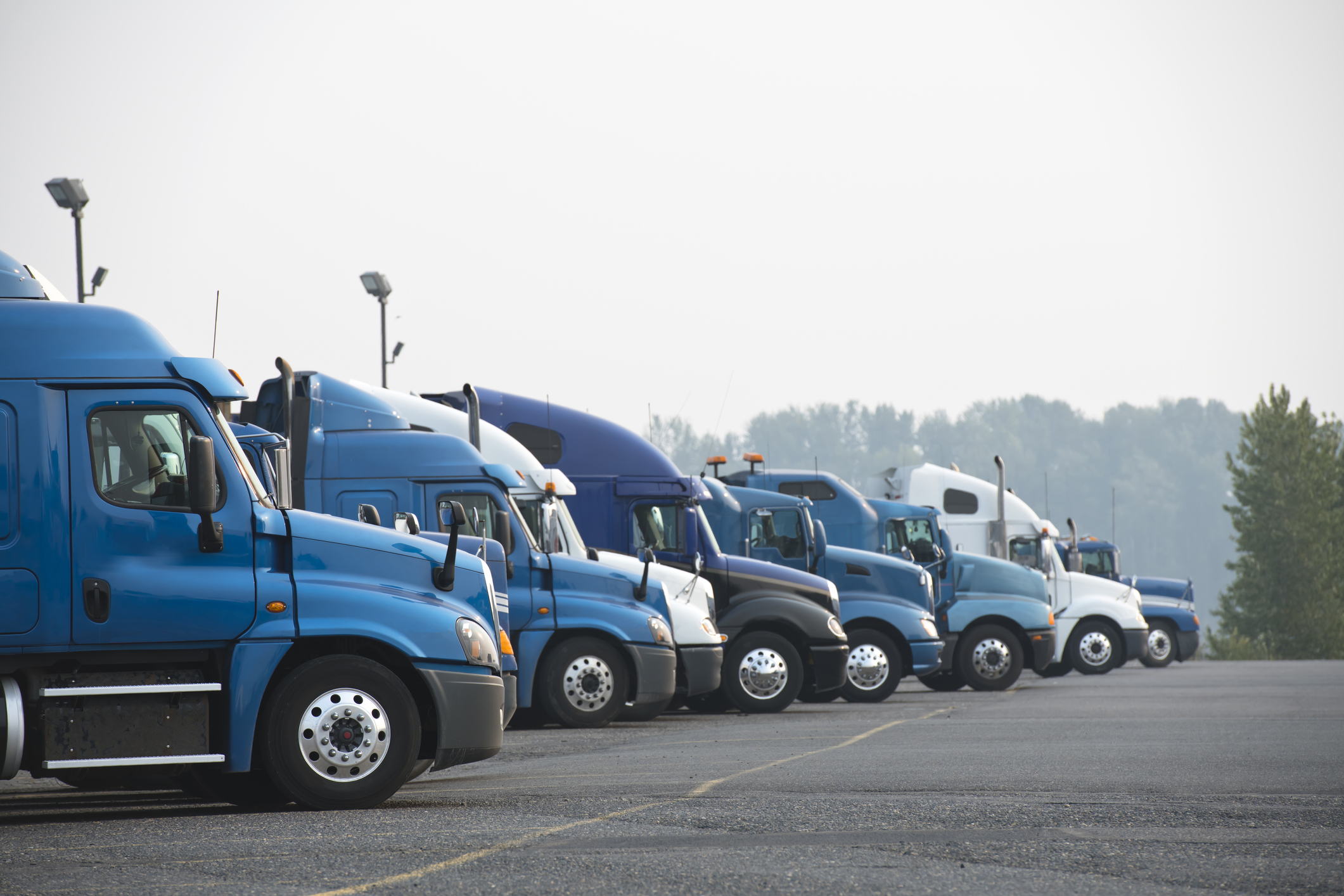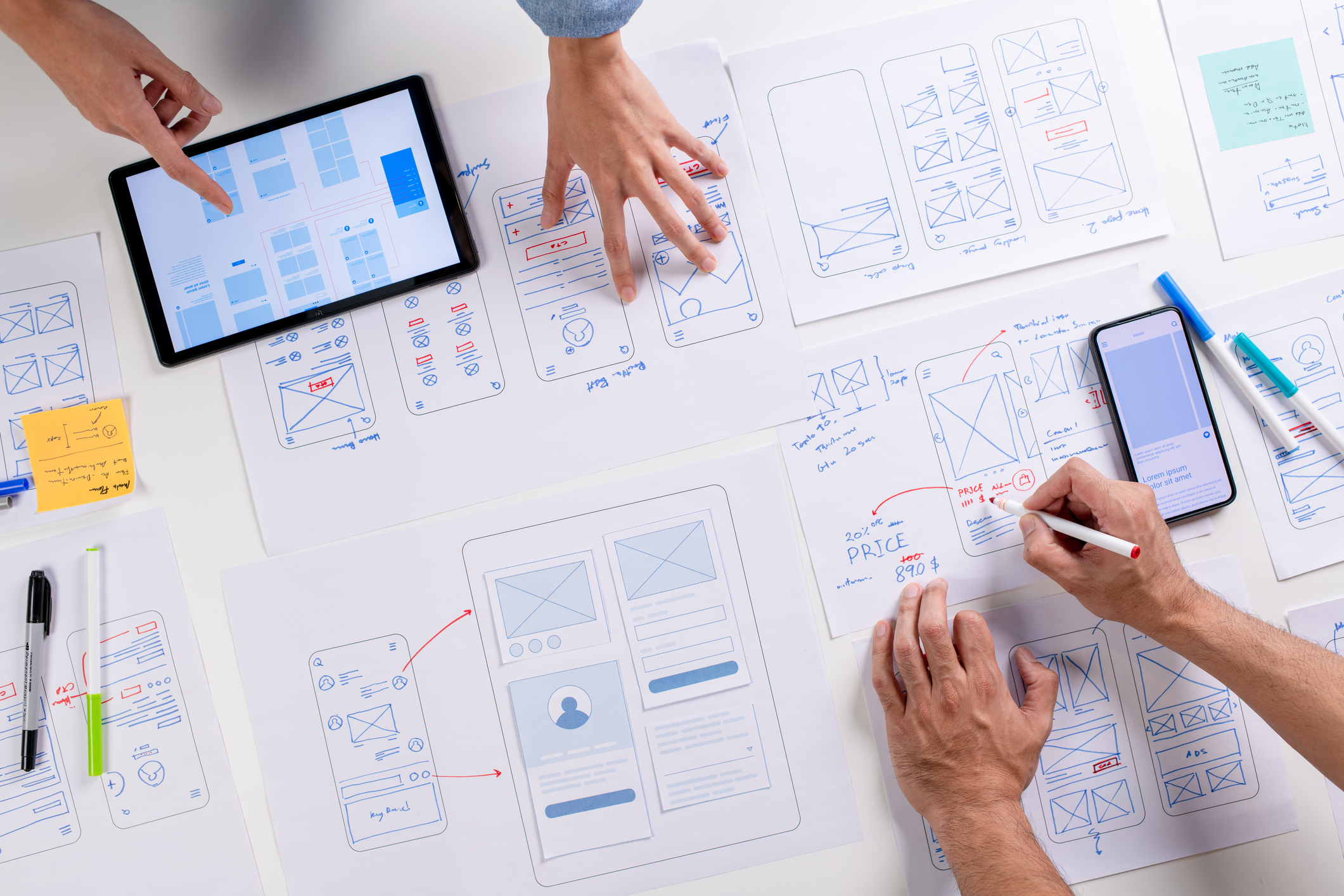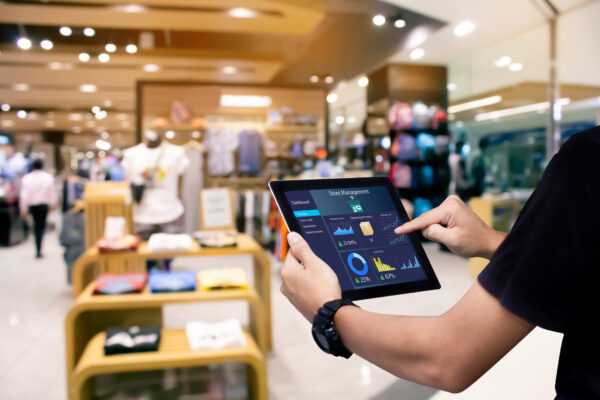The National Retail Federation (NRF) event, held annually in January, is the retail industry’s premier conference, bringing together global retailers, tech innovators, and thought leaders to explore the latest strategies and technologies shaping the future of commerce. It’s seen as the central point of trends and market movement for the retail industry.
The current global retail market size is $30 billion, growing at 9% annually and is expected to reach $37.8 billion in 2027, which is influencing a number of trends that emerged at this year’s event. Here are our four key takeaways from NRF 2025.
- Adtech & Martech for Customized Experiences: These technologies are enabling more targeted, personalized customer engagement strategies in the retail industry. Scaling ads based on demographics, market segmentation, and product market capitalization enables customers to engage with hyper-relevant content across platforms. Customization is now defining growth and retention as customers demand a more personalized approach that doesn’t make them feel pressure to make a purchase.
- More Investment in Supply Chain Innovations: Supply chain technology is helping the retail industry reduce costs and enhance efficiencies across the board. For example, the use of AI tracking/tracing input materials coupled with predictive analytics overall is decreasing product lead time and increasing availability. Feedback from companies offering these solutions indicate that while their solutions are growing in sophistication, the largest bottleneck is the nature of the logistical system in the US. As companies continue to diversify their supply chains, the number of RFID type solutions also continues to grow. These solutions provide real-time visibility into the supply chain workflow and are becoming increasingly cost competitive.
- Loss Prevention Still a Priority: Many companies continue to stress peripherals with solutions that prevent self-checkout related theft. These technologies have embedded cameras and identity detection technology (front end and back end), while product scanning has advanced with augmented reality technology. It’s able to connect UPC codes to corresponding fabric/boxes/shapes to avoid scanning misrepresentation and errors. Several companies also showcased advanced optics that could analyze human behavior while tracking items being taken off of shelves, only to become hidden from sight altogether.
- AI is All Around: AI is being utilized across the retail tech stack to improve the customer experience and increase enterprise efficiencies in a variety of ways including:
- Writing detailed, SEO-optimized product descriptions
- Creating restocking alerts to minimize stockouts and overstocking
- Streamlining returns processing, reducing manual effort and turnaround times
- Predictive and behavioral analysis helping define deeper customer trends
- Utilizing complex data streams for client tracking
- Curating in-store innovations with cashier-less stores for checkout-free experiences and smart shelves that provide real-time updates to staff
For 2025, it’s clear that staying ahead in retail requires a commitment to adaptability and customer-centric strategies. These key takeaways reinforce the importance of leveraging and investing in emerging technology for enhanced customer experiences and optimized operations across the retail enterprise.
Want to learn more? Let’s talk.

Progress Over Perfection: How to Embrace AI Now (Without Waiting for Perfect Data)
“Perfect is the enemy of good,” the old saying goes, and nowhere is that truer than in today’s race to adopt AI in business. In this article, Sparq CTO Derek Perry shares actionable steps for organizations to embrace AI now (without waiting for perfect data).

Key Takeaways from TAG’s “Connected Fleet” Event
Sparq was honored to sponsor the Technology Association of Georgia's “Connected Fleet: The Future of Transportation Technology and Logistics Optimization” event, which featured an accomplished panel of technology leaders in transportation & logistics. The panel had an insightful discussion around what's shaping the future of innovation in transportation & logistics. Read on for some key takeaways from the event.

Common UX Mistakes That Can Cost You
Even the most polished products can leak profits if common UX mistakes drive customers away. Poor #UX isn’t just frustrating—it costs businesses sales, retention, and market trust. In this article by Principal Product Designer James Williams, he shares a number of common UX mistakes and how to fix them for better business outcomes.

Five Ways AI is Tackling Healthcare’s Biggest Challenges
Innovation and necessity are coming together to demand new solutions for both age-old and evolving challenges in the healthcare industry, and AI is proving to be an indispensable ally. In this article, we explore five key ways AI is driving meaningful change across the industry.
